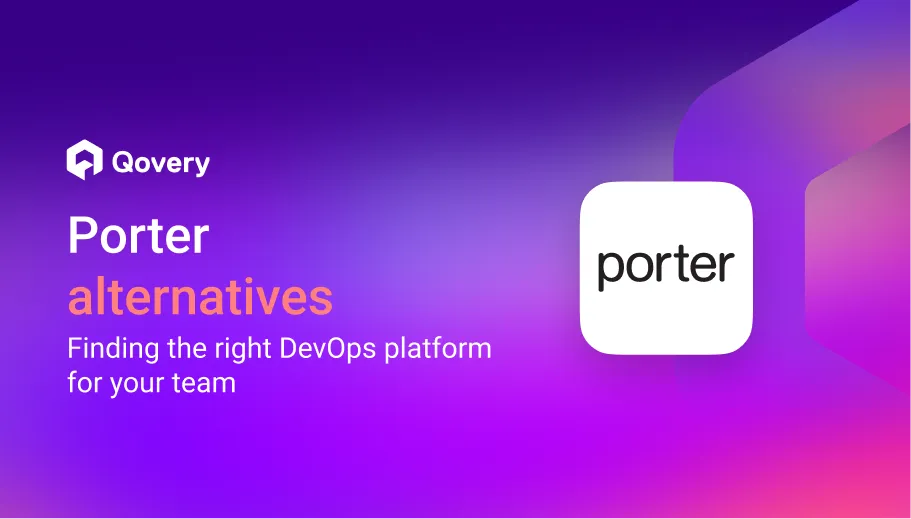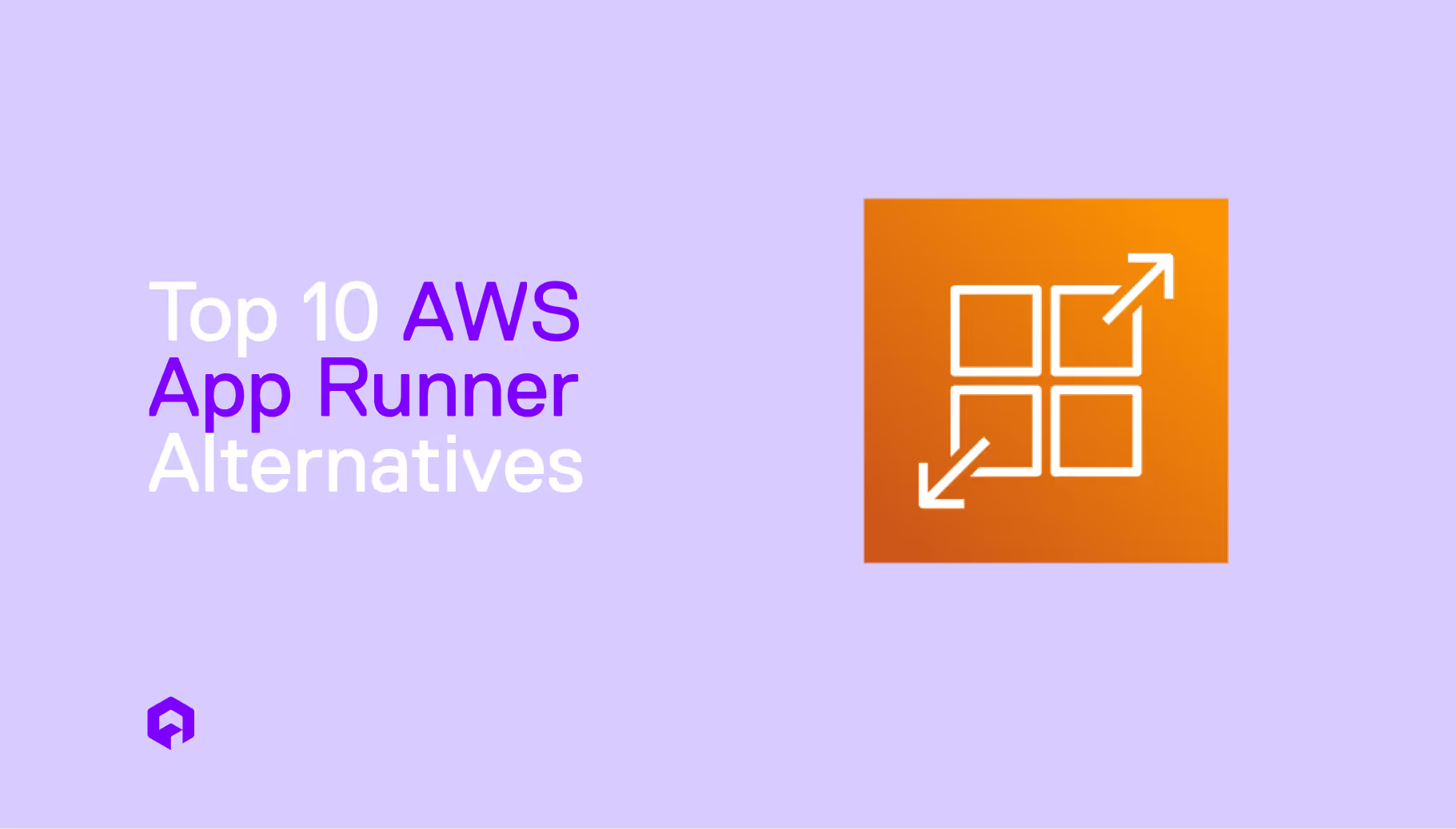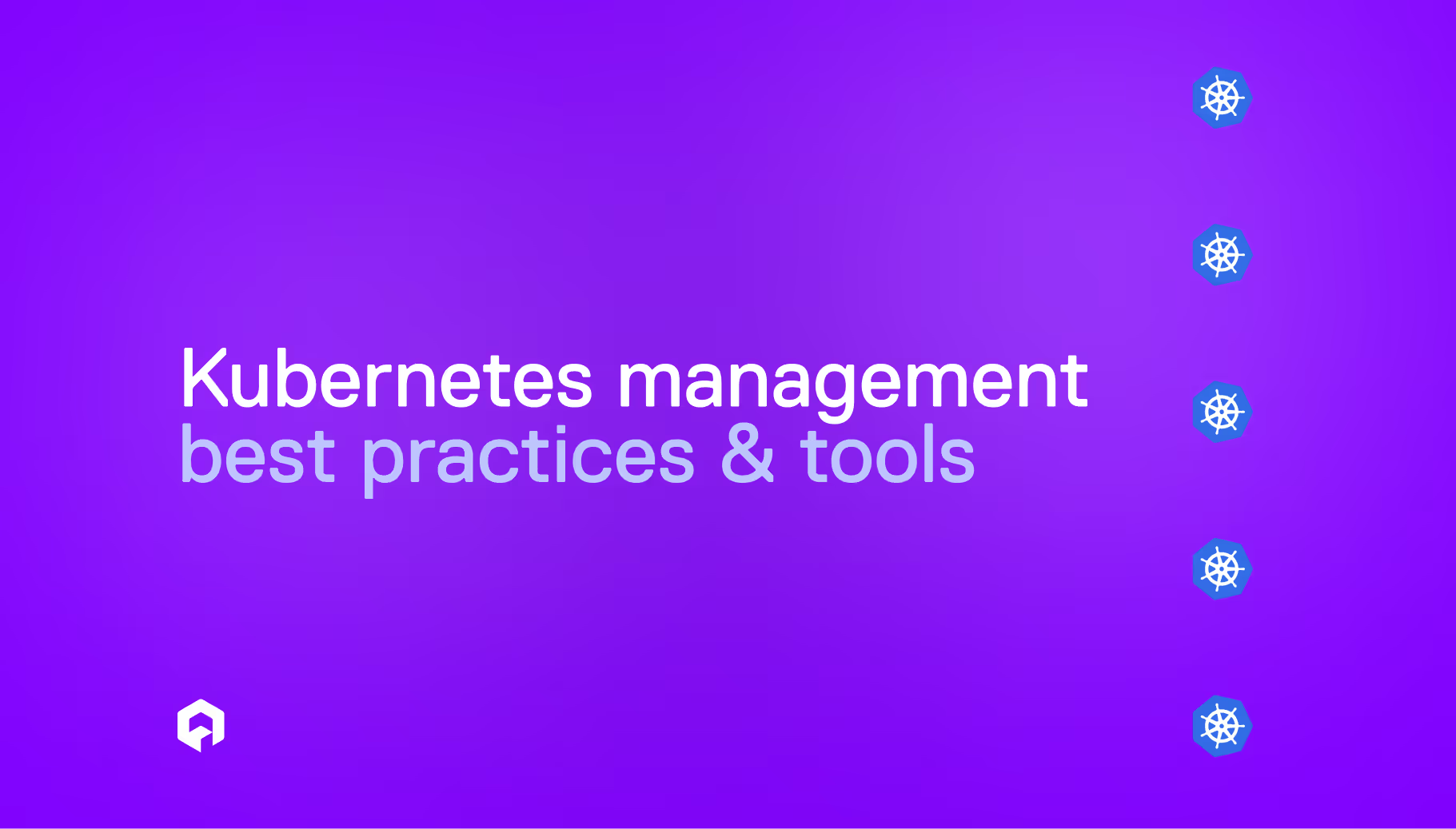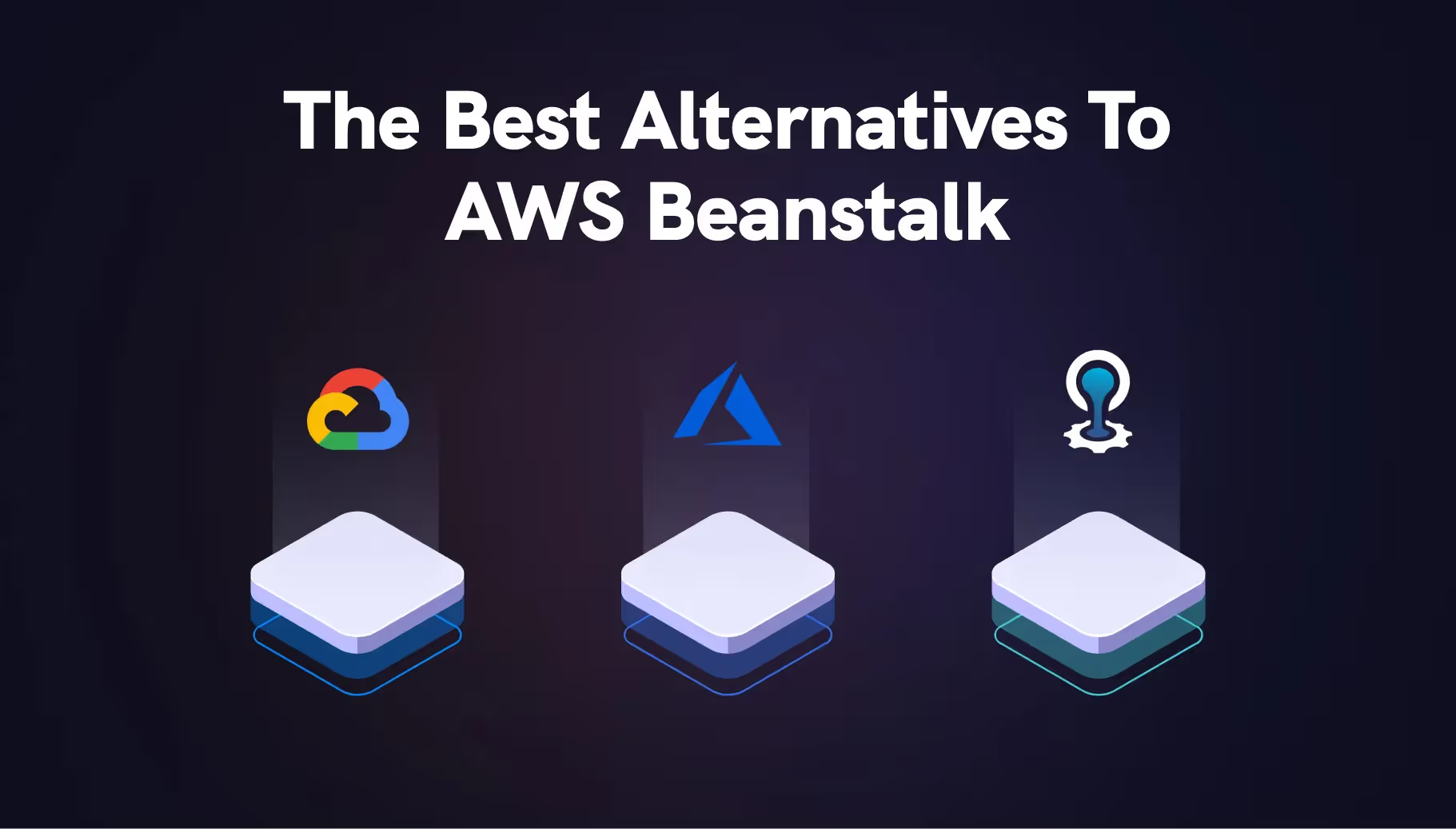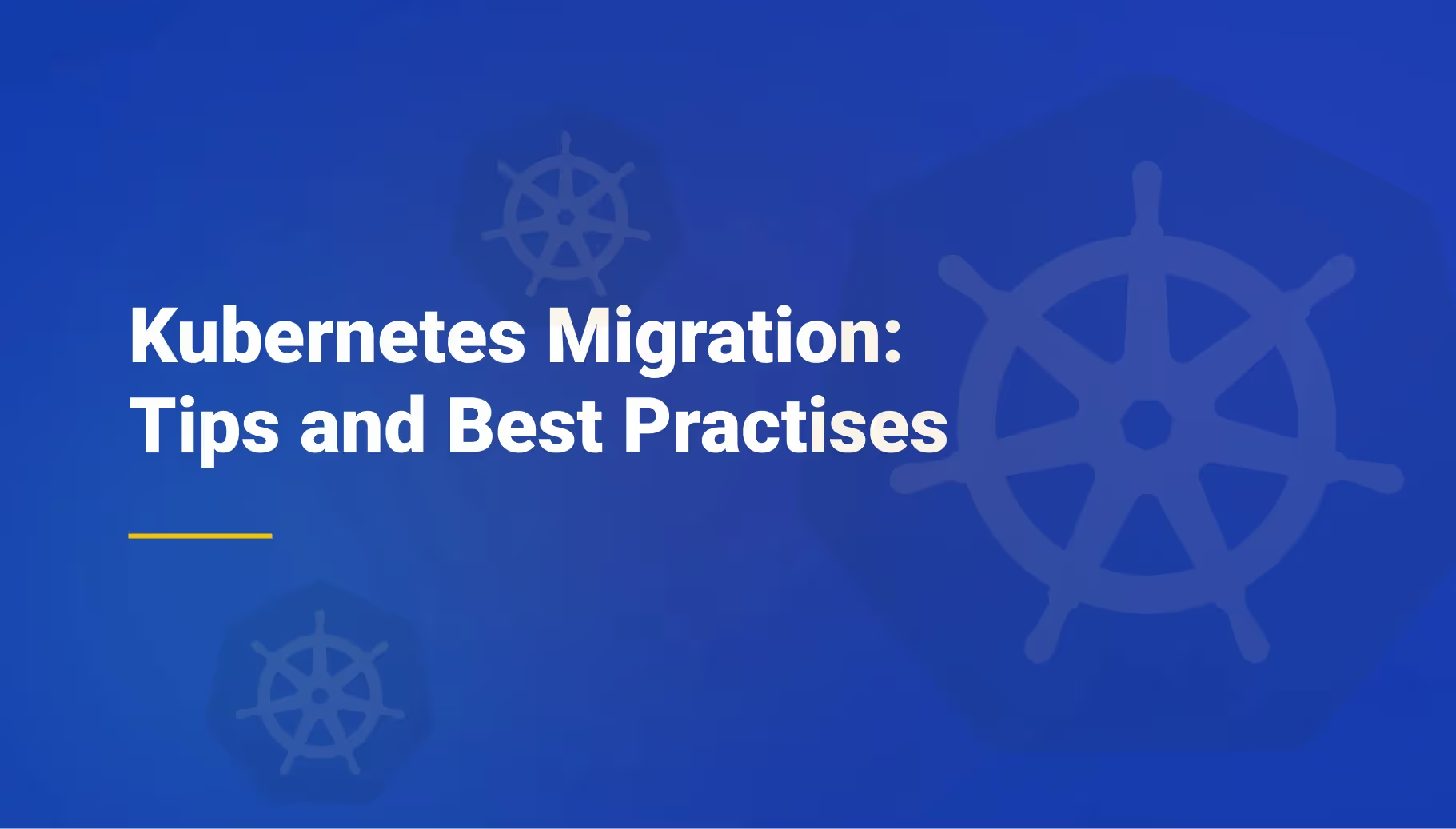
The 10 Best Octopus Deploy Alternatives for Modern DevOps



Key Points:
- Octopus Deploy's centralized, environment-centric model struggles to adapt to the highly dynamic, decentralized, and cloud-native workflows required by modern Kubernetes environments.
- The alternatives offer a varied landscape, ranging from pure GitOps tools and CI pipeline enhancements to comprehensive platform engineering solutions that fully automate cloud infrastructure and application delivery.
- Platforms like Qovery, ArgoCD, and GitLab provide powerful solutions that cater to the modern need for speed, self-service, and a developer-centric workflow that treats infrastructure as code.
Octopus Deploy has been a foundational tool for centralized continuous deployment, but the rise of Kubernetes, Infrastructure as Code (IaC), and platform engineering has pushed many teams to seek more cloud-native, decentralized, and developer-friendly solutions.
Whether you’re looking for a tool focused on GitOps, a simpler approach to Kubernetes delivery, or a platform that unifies all cloud resources, the market is rich with powerful alternatives.
This comprehensive guide evaluates the 10 best alternatives to Octopus Deploy, helping you choose the right platform to streamline your continuous delivery workflow.
What Changed in the Deployment Landscape?
The shift away from centralized tools like Octopus Deploy is driven by three key trends:
- Rise of GitOps: Modern practices dictate that the desired state of both infrastructure and applications should be declaredOctopus Deploy's centralized in Git, not managed by a separate central server.
- Kubernetes Complexity: Octopus Deploy was not built for the complexity of dynamically provisioning and managing thousands of microservices within Kubernetes.
- Developer Self-Service: Teams now demand platforms that enable developers to deploy code and manage their environments without depending on a central operations team for every change.
This shift has fueled a search for robust, cloud-native, and flexible alternatives that focus on automation, simplicity, and leveraging Git as the single source of truth.
Now, let's explore the top 10 alternatives to Octopus Deploy.
1. Qovery: The Best Alternative for Cloud & Kubernetes Delivery
Qovery is a DevOps automation tool that simplifies the deployment and management of applications onto your own cloud infrastructure (AWS, Azure, GCP). Unlike Octopus Deploy's focus on manual or pipeline-triggered deployments, Qovery abstracts the entire cloud stack (Kubernetes, infrastructure, databases, networking) into a single, self-service platform.
Qovery acts as a Platform-as-a-Service (PaaS) layer built on top of your cloud accounts, giving developers the ability to spin up production-ready environments and ephemeral environments with a single command.
Key Features:
- PaaS Simplicity on Your Cloud: Provides the ease of a PaaS while deploying directly into your cloud account, ensuring data sovereignty.
- Full Environment Automation: Automates the provisioning of Kubernetes, networking, and dependent services (databases, S3, etc.).
- Ephemeral Environments: Creates temporary, full-fidelity environments for every Pull Request automatically.
- GitOps Ready: Leverages Git for environment definitions and updates without requiring manual YAML management.
- Local Mode: Allows developers to test locally using production-mimicking infrastructure.
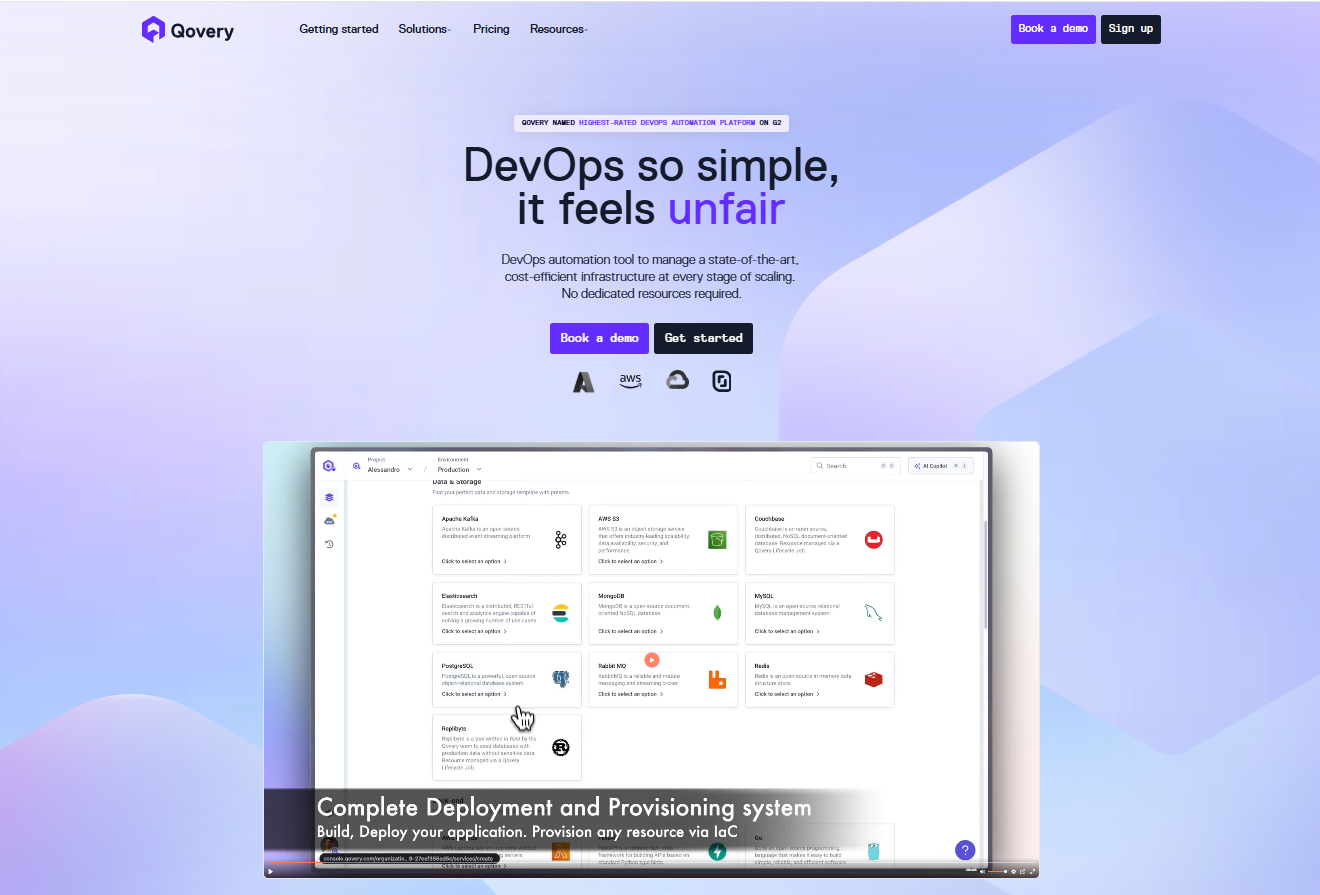
How is it different from Octopus Deploy?
While Octopus Deploy focuses on the pipeline of deploying applications to pre-existing environments, Qovery focuses on automating the entire environment lifecycle. Octopus Deploy manages releases; Qovery manages the cloud, the Kubernetes, the services, and the release. This shift from "deployment manager" to "platform automation" is essential for cloud-native teams.
Strengths:
- Unifies the entire DevOps workflow from commit to cloud.
- Significantly reduces the complexity of managing Kubernetes and IaC (Infrastructure as Code).
- Enables true developer self-service for environment creation.
- Massively accelerates deployment frequency.
Weaknesses:
- Has a smaller community compared to established legacy tools.
- May be overkill for teams running extremely simple, non-containerized legacy applications.
Ready to modernize your workflow?
📅 Book a demo to discuss how Qovery can accelerate deployments for your team.
2. ArgoCD
ArgoCD is the gold standard for pure GitOps deployment on Kubernetes. It functions as a declarative, Kubernetes-native continuous delivery tool that continuously monitors Git repositories and automatically synchronizes the live state of applications with the desired state declared in Git.
Key Features:
- Kubernetes-native (runs entirely in your cluster).
- Automatic synchronization and drift detection.
- Web UI for visualization and health monitoring.
- Supports standard Kubernetes manifests, Helm charts, and Kustomize.
How is it different from Octopus Deploy?
ArgoCD is a true pull-based GitOps tool, while Octopus Deploy is typically push-based. Octopus Deploy requires a centralized agent to push code out; ArgoCD requires no agents, as the controller pulls the manifest files directly from Git, making the deployment process entirely auditable through Git history.
Strengths:
- Highly secure due to pull-based model.
- Free and open-source with a massive community.
- Excellent auditability and reliability within Kubernetes.
Weaknesses:
- Only manages the application deployment; requires separate tools (like Terraform) to manage the underlying cloud infrastructure and Kubernetes cluster.
- Steep learning curve for developers unfamiliar with Kubernetes YAML and manifests.
Read more: Top 10 ArgoCD Alternatives
3. GitLab CI/CD
GitLab offers a fully integrated, all-in-one platform for the entire DevOps lifecycle, where the CI/CD pipeline is native to the source control management (SCM).
Key Features:
- Single application for SCM, CI, and CD.
- Built-in security scanning and testing.
- Includes its own feature-rich CI/CD YAML syntax.
How is it different from Octopus Deploy?
GitLab is a unified platform, eliminating the need to integrate a separate tool like Octopus Deploy with your repository. It handles the entire pipeline (from testing to building, to environment deployment) all within one interface and one configuration file (.gitlab-ci.yml).
Strengths:
- Unrivaled integration and consistency since everything is native.
- Strong focus on DevOps security (DevSecOps).
- Excellent free tier for small teams.
Weaknesses:
- The complexity of its single CI configuration file can become unwieldy for very large projects.
- Requires significant manual scripting to handle complex cloud or Kubernetes deployments.
4. Harness
Harness is a commercial software delivery platform that offers comprehensive features for CI, CD, and continuous efficiency (FinOps). It excels at pipeline orchestration and managing complex, multi-cloud deployments with a focus on governance and advanced deployment strategies (Canary, Blue/Green).
Key Features:
- AI/ML-powered continuous verification (automated rollback).
- Advanced deployment strategies with built-in governance.
- Supports hybrid and multi-cloud environments.
How is it different from Octopus Deploy?
Harness takes the centralized deployment management concept of Octopus Deploy and modernizes it with sophisticated AI-driven verification and deep native integrations across all major clouds and Kubernetes. It's often chosen as a robust enterprise replacement for Octopus.
Strengths:
- Best-in-class for verifying deployments and automating rollbacks.
- Excellent GUI for designing complex pipelines.
- Strong governance and security features for large enterprises.
Weaknesses:
- Higher cost structure due to its enterprise focus.
- Can be overly feature-rich and complex for small or mid-sized teams.
5. Spinnaker
Spinnaker is an open-source, multi-cloud continuous delivery platform developed by Netflix and Google. It is highly valued for its robust, pipeline-driven orchestration engine and its ability to manage deployment across diverse environments (VMs, Kubernetes, cloud functions, etc.).
Key Features:
- Powerful "pipelines as code" and visual editor.
- Native support for advanced deployment strategies (Canary, Blue/Green).
- High resilience and reliability.
How is it different from Octopus Deploy?
Spinnaker is fundamentally designed for multi-cloud and hybrid environments at enterprise scale, offering far deeper automation of deployment strategies than Octopus Deploy. Its architecture is built around microservices, making it highly extensible and resilient.
Strengths:
- Excellent for managing heterogeneous infrastructure (VMs alongside Kubernetes).
- Mature, battle-tested at web-scale companies.
- Flexible integration with various CI tools.
Weaknesses:
- Setup and maintenance are notoriously complex and resource-intensive.
- Often requires a dedicated platform team to manage.
6. AWS CodePipeline
AWS CodePipeline is a managed continuous delivery service that automates release pipelines for fast and reliable application and infrastructure updates. It tightly integrates with other AWS services (CodeBuild, CodeDeploy, S3, ECS, EKS).
Key Features:
- Fully managed service within the AWS ecosystem.
- Easy integration with AWS services like CodeBuild and CloudFormation.
- Visual workflow editor.
How is it different from Octopus Deploy?
CodePipeline is a cloud-native, managed service that eliminates the need to run and manage a deployment server like Octopus Deploy. It is the natural choice for organizations that are 100% committed to the AWS cloud stack.
Strengths:
- Zero infrastructure management overhead.
- Seamless, secure integration within the AWS ecosystem.
- Cost-effective for AWS-native projects.
Weaknesses:
- Vendor lock-in: difficult to use for multi-cloud or on-premises environments.
- Less flexible than open-source tools for highly customized pipelines.
7. Azure DevOps Pipelines (formerly VSTS)
Azure DevOps Pipelines is Microsoft's integrated CI/CD solution that works across virtually any platform, including Windows, Linux, macOS, and containers. It offers strong integration with the entire Azure ecosystem and is highly customizable.
Key Features:
- Cross-platform build and deployment agents.
- Visual editor and YAML-based pipeline definitions.
- Strong integration with Azure services (AKS, App Service, Functions).
How is it different from Octopus Deploy?
Like GitLab, Azure DevOps is a comprehensive toolchain, managing source code, work items, and pipelines in a single environment. It's the native deployment solution for teams invested in the Microsoft stack and Azure cloud.
Strengths:
- Excellent for hybrid environments (Windows/Linux/Azure).
- Highly feature-rich for both CI and CD.
- Familiar UI for teams coming from the Microsoft ecosystem.
Weaknesses:
- Can feel heavy and overly feature-rich for smaller teams.
- Best value is realized when fully committed to the Azure ecosystem.
8. Jenkins X
Jenkins X is an open-source project that automatically sets up and manages cloud-native CI/CD pipelines using Jenkins, Tekton, and GitOps principles. It is specifically designed to simplify Kubernetes development and deployment.
Key Features:
- Automated creation of Preview Environments (ephemeral environments).
- Uses GitOps to manage environments and releases.
- Focus on Tekton for cloud-native pipeline execution.
How is it different from Octopus Deploy?
Jenkins X is a GitOps-first solution that manages the entire pipeline definition and execution using cloud-native tools (Kubernetes and Tekton). It automatically handles environment promotion and Git tagging, making the delivery process fully self-service and auditable in Git.
Strengths:
- Excellent integration of GitOps and Kubernetes.
- Automates the setup of the entire toolchain.
- Great for teams focused on microservices and cloud-native practices.
Weaknesses:
- The Jenkins X project is complex and has a smaller community than the original Jenkins.
- Relies heavily on Git for all configuration, which can be challenging to manage.
9. CloudBees (Software Delivery Platform)
CloudBees provides an enterprise-focused layer on top of Jenkins and other core DevOps tools. It focuses on providing a unified platform, governance, security, and feature flags to manage releases at scale.
Key Features:
- Centralized management and governance over multiple pipelines.
- Feature flag management integrated into the release process.
- Advanced security and compliance checks.
How is it different from Octopus Deploy?
CloudBees is an enterprise-grade orchestration and governance layer that wraps around existing CI tools. It solves the governance and security headaches that traditional deployment managers struggle with, especially in regulated industries.
Strengths:
- Best choice for large enterprises needing strong compliance and security.
- High level of customizability and control over pipelines.
- Expert support for mission-critical deployments.
Weaknesses:
- Premium pricing model.
- The platform can be overwhelming for smaller organizations.
10. Puppet / Chef / Ansible (Configuration Management Tools)
These tools are not direct deployment alternatives but are essential for Infrastructure as Code (IaC) and configuration. They are often used alongside deployment tools to provision VMs or set up pre-Kubernetes environments.
Key Features:
- Automated server configuration and patching.
- Ensuring consistency across entire fleets of servers.
- Idempotent configuration definitions.
How are they different from Octopus Deploy?
Octopus Deploy focuses on pushing application code to a server; Puppet/Chef/Ansible focus on setting up and maintaining the server itself. In a modern workflow, these tools are often replaced by Terraform (for IaC) and Kubernetes (for container orchestration).
Strengths:
- Unmatched control over virtual machine and bare-metal configurations.
- Mature and stable for traditional infrastructure management.
Weaknesses:
- Not built for modern containerized microservices or Kubernetes management.
- Configuration scripts (Playbooks, Recipes) can be difficult to maintain and version control.
Choosing the Right Modern Deployment Alternative
When selecting an alternative to Octopus Deploy, the question is no longer "How do I push code?" but "How do I automate the entire environment?"
Evaluate these options based on your team's size, your cloud commitment, and your level of comfort with Kubernetes to choose the tool that best aligns with your cloud-native goals.
🚀 Simplify Your Cloud Delivery
Stop manually configuring environments and pushing code with legacy tools.
If you are transitioning to Kubernetes and need a platform that unifies your local, staging, and production environments while eliminating cloud complexity, Qovery is the platform engineering solution you need.
📅 Book a demo to discuss how Qovery can accelerate deployments for your team.

Suggested articles
.webp)



.svg)
.svg)
.svg)




